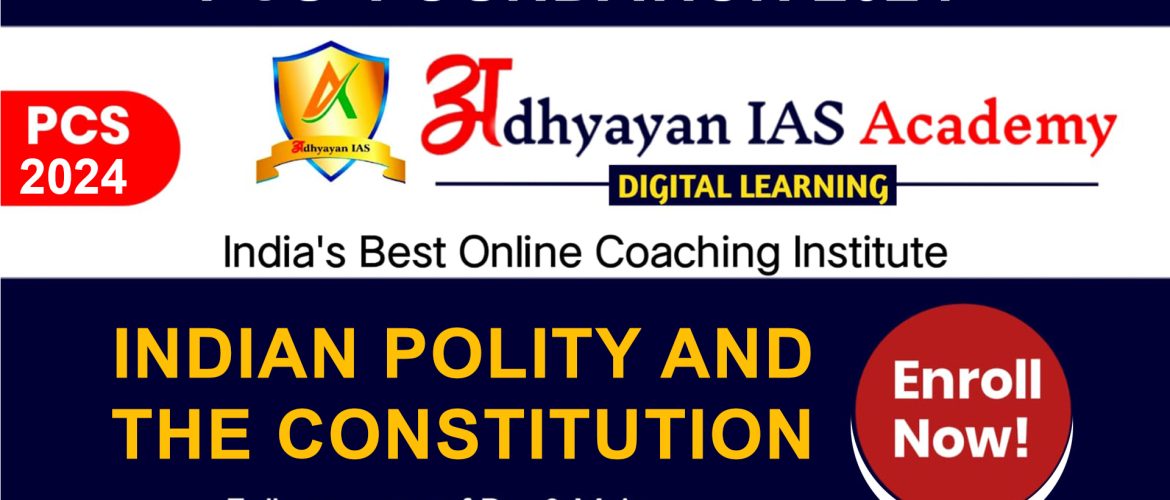Blog
Adhyayan IAS Academy > Blog > Study material > PCS-J Notes > POLITICAL PARTIES IN INDIA: THEIR EVOLUTION
POLITICAL PARTIES IN INDIA: THEIR EVOLUTION
- April 17, 2024
- Posted by: Sushil Pandey
- Category: Daily Blogs PCS-J Notes Study material
No Comments

POLITICAL PARTIES IN INDIA: THEIR EVOLUTION
AND GROWTH
- The establishment of Indian National Congress in 1885 in India is generally considered as the beginning of the formation of parties. To begin with, the Indian National Congress which led national movement was an umbrella organization representing interests of all sections of society. The formative phase of the Indian National Congress was dominated by the Moderates like Dada Bhai Naoroji, Surendra Nath Banerjee, Gopal Krishna Gokhale and others as well as the Extremists like ‘Lal-Bal-Pal’ – referring to Lala Lajpat Rai, Bal Gangadhar Tilak
- and Bipin Chandra Pal. After the First World War, the Indian National Congress steered the path of India’s independence under the leadership of Mahatma Gandhi. There also emerged some other political parties during this period like the Muslim League, the Communist Party of India, the Hindu Mahasabha, etc. After independence in 1947, the Indian National Congress transferred itself into a political party in the sense of contesting elections and forming government. It remained a dominant political party up to 1967, as it continued to win elections held in 1952, 1957, 1962 and 1967 at the Centre as well as in almost all the States. This period is known as ‘one party dominant system’ in view of the Congress winning majorities whereas the large number of other political parties contesting elections winning only few seats. Since 1967 the party system in India has been in constant flux. In 1971 although the Congress won a majority in the Lok Sabha, in many states various otherpolitical parties formed governments mostly in coaltions. After 1977, it appeared that India had moved towards a ‘two party system’ – the two parties being the Indian National Congress and the Janata Party. But it was only for a very short period. The Janata Party which was in fact a coalition of various factions like the Congress O, the Jana Sangh, the Socialists, the Bharatiya Lok Dal, and the Congress for Democracy split into different factions. The Janata split once again
- gave advantage to the Congress which returned to power at the Centre in 1980 and remained there until 1989. However, the Congress has not been able to regain its dominant position ever since 1989. Indian party system witnesses a coalition system of government from 1989 onwards. Since 1999 two broad coalitions have come up – one, known as the National Democratic Alliance (NDA), led by the Bharatiya Janata Party, and the second, known as the United Progressive Alliance (UPA), led by the Congress Party. At present in India in fact there is a multi-party system as very large number of parties participate in political process.
Author:admin
Sushil kumar pandey is Director of Adhyayan IAS Academy. He has the vast experience in teaching and content making in the field of civil services exam preparation , Academic , Scholarship exam and all other examination.
